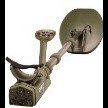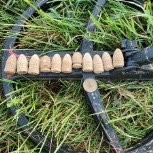Garrett ATX vs Fisher Gold Bug 2
-
Similar Content
-
- 2 replies
- 242 views
-
- 18 replies
- 1,346 views
-
- 10 replies
- 932 views
-
- 4 replies
- 496 views
-
- 0 replies
- 603 views
-
- 19 replies
- 2,117 views
-
-





.thumb.jpg.ac5e8ee36e43bcab745dbc623fcf1874.jpg)





Recommended Posts
Create an account or sign in to comment
You need to be a member in order to leave a comment
Create an account
Sign up for a new account in our community. It's easy!
Register a new accountSign in
Already have an account? Sign in here.
Sign In Now